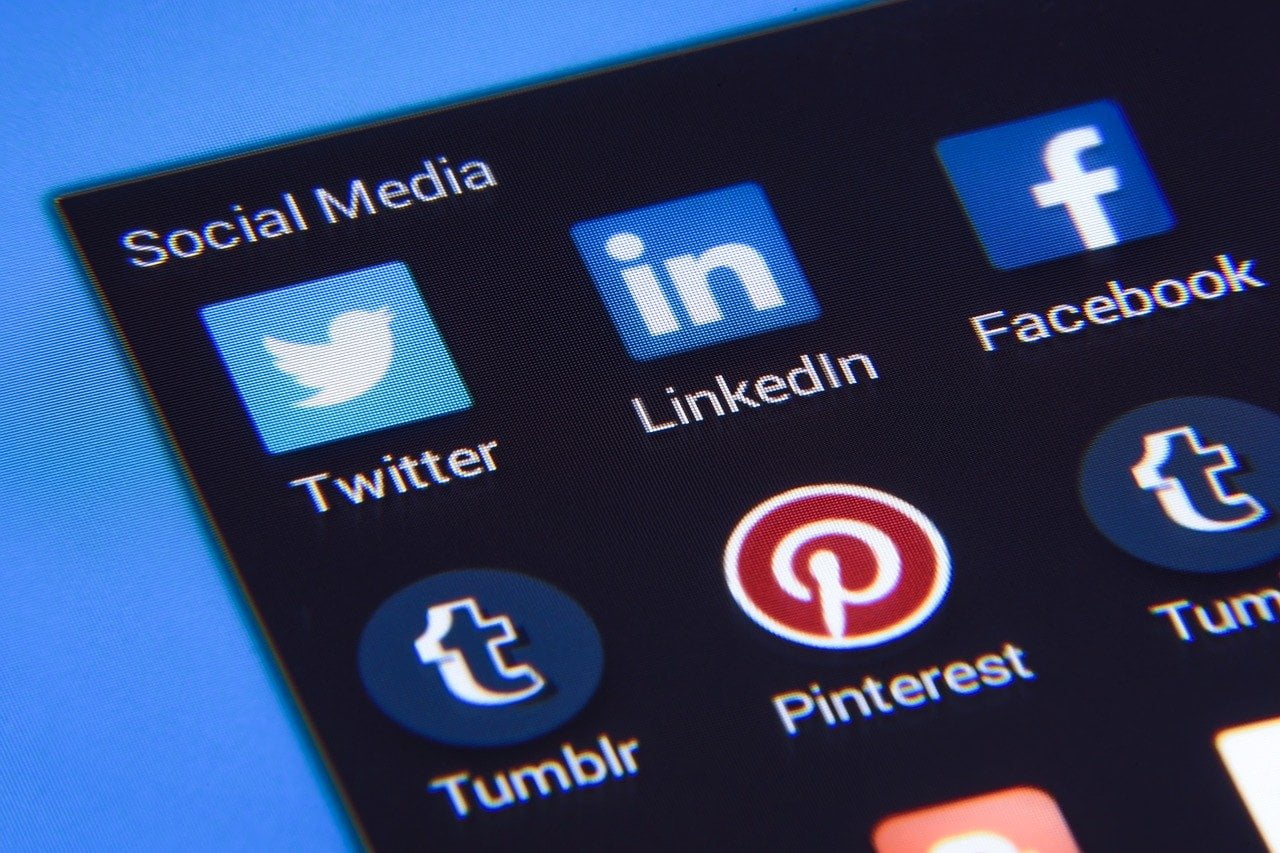Pinterest (NYSE:PINS) shares soared by over 20% in after-market trading after earnings were better than the market and analysts had expected. Major institutional investors who concurrently revealed a stake in the company added to the momentum. Pinterest has been struggling with user growth, and ARPU have not lived up to expectations during previous earnings. But with the latest earnings, the company may just be showing signs of a turnaround. Meanwhile, the stock is still down 60% from its 52-week high.
Q2 2022 hedge fund letters, conferences and more
CEO statement – “We accelerated our investment in shopping and e-commerce this quarter, and I am thrilled by the dedication of our leaders and employees to continue to build a positive place on the Internet. Pinterest is uniquely positioned to tackle unsolved problems in our industry, capitalize on long-term digital commerce trends, and help people go from inspiration to realization.”
Monthly Active Users Continued to Decline
Users were growing at a rapid pace in 2020 and 2021, as a lockdown meant a lot more people were using Pinterest’s service. But as the lockdown ended and the economy opened up once again, users started to slowly move away. Monthly active user growth fell by 9% in the first quarter of 2022, and investors were worried that the stock had gotten ahead of itself. During the current quarter MAU totaled 433 million, exactly the same amount as the previous quarter, and the lack of growth remains a worry moving forward.
Can the new CEO turn things around?
New CEO Bill Ready accepted that Pinterest had not lived up to expectations and that it had to change its strategy in order to maintain growth. In order to do so, Pinterest is increasingly looking to court content creators and influencers after it realized that the site was overly dependent on its traditional business model, which relied mostly on images. The CEO also acknowledged that the site needed to do a better job of being relevant to advertisers and that it was facing strong competition from the broader content market.
Will Pinterest be able to turn around its fortunes?
Pinterest’s business model depends on what is called ‘Pins’, where Pinterest allows advertisers to place their products on the website in return for a fee, which makes Pinterest's business model a mix of an e-commerce site and an advertising platform. The strategy allows those who want to buy things that interest them and creates a personal experience for users. But issues remain as advertising dollars are increasingly becoming more scarce. Whether Pinterest's new strategy will work out remains to be seen, but investors are showing signs that they are interested in the stock again.
During the quarter, the company continued to make a number of key additions to its business, with a focus on making Pinterest a one-stop shopping destination. By focusing on improving synergies between shoppers, sellers, and ad advertisers, Pinterest hopes to drive shoppers to an all-in-one destination, from where they can increasingly make e-commerce purchases. The company also added API functions so users can buy items with greater ease and focused on bringing in more users from markets other than North America, since international expansion is key to growth.
Management also explained that it's not aiming for hyper-growth and is instead looking to create a user base that is more sustainable. This strategy will likely be favored by long-term investors who favor steady growth and want to avoid volatility.
ARPU and revenue growth help ease investor's nerves
Revenue for the quarter grew by an impressive 18%, with revenue from Europe growing by 10%, and revenue from the rest of the world increasing by 71%. The biggest positive was ARPU during the quarter. Global ARPU grew by 17%, which is most likely the reason why the stock popped.
Still, the stock remains priced at a premium, with the current price-to-earnings ratio at 40, which is still quite high considering that uncertainty surrounding growth remains. The high valuation is being driven by investors who are primarily counting on Pinterest to achieve much higher margins in the future, as operating expenditure and capital expenditure decline. EBITDA margins for the quarter came in at 14%, down from 29% in the previous quarter. Should Pinterest achieve 30-35% EBITDA margins, the stock would be priced at a much more attractive valuation.
For now, investors remain bullish, but the stock could head back down if the turnaround strategy fails.
Article by Parth Pala, MarketBeat






